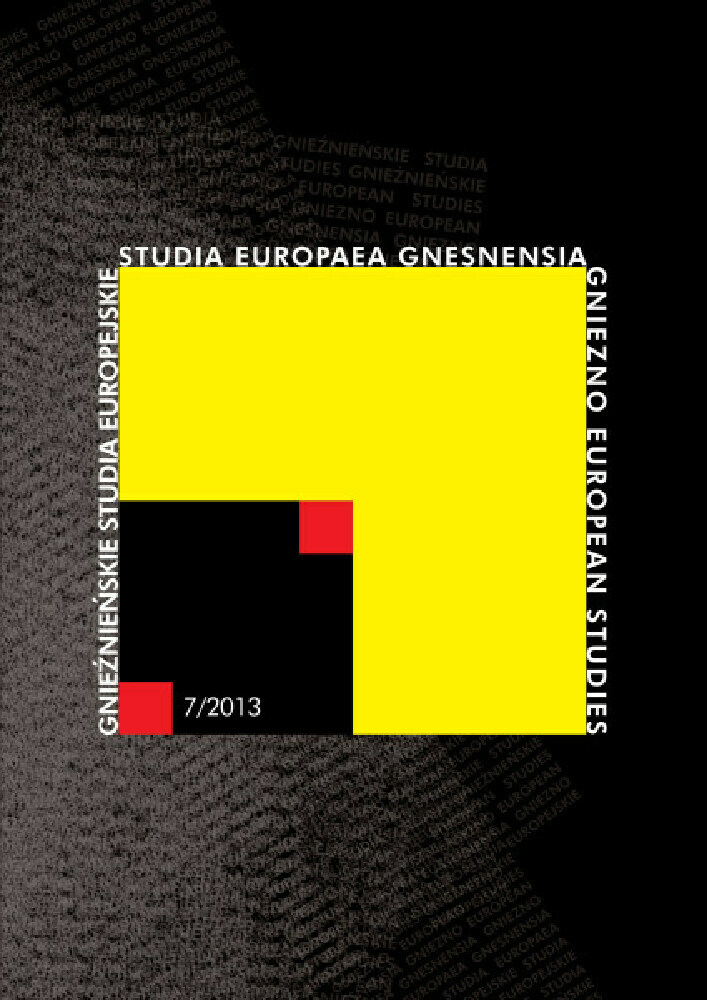Resumen
The purpose of the article is to present the unique way in which David Rakia portrays both the earthly and spiritual aspects of Jerusalem.
The issue is the variety of unique angles and techniques David Rakia uses to achieve his multi-faceted portrayal of the city.
This is done by detailed analysis of paintings from different periods of his work showing the ever-greater depth of his skill.
Citas
Bialik H.N., Take me under your wing, Tel Aviv 1997, p. 178.
Cahana S.Z., The Letters and their Secrets, Jerusalem, 1984, p. 35.
Hashavua D., “Colorful Vision” an interview with David Rakia, Jerusalem, February 1965.
Kandinsky V., Concerning the Spiritual in Art, Jerusalem, 1999
Klein Y., Seek the Peace of Jerusalem — The Origin and Meaning of the Name Jerusalem, [in:] Y. Boussidan, Jerusalem, Names in Praise, Jerusalem 2005, p. 29.
Lippiner E., The Vision of the Letters, Jerusalem, 1989, p. 2.
Mendelson M.L., David Rakia, Tel Aviv, 1978, p. 9.
Ofrat G., David Rakia — Signs, Jerusalem, 2009, p. 44.
Ronen A., Ha’aretz, 21.09.62.
Schwartz A., Mordechai Ardon: The Colors of Time, Jerusalem–Tel Aviv, 2003, p. 38.
Tal M., Haboker, 17.02.1961.
Whitford F., Kandinsky, London, 1967, p. 36.
Licencia
Copyright © 2013 by IKE and PTPN
